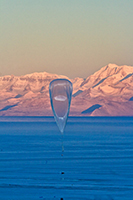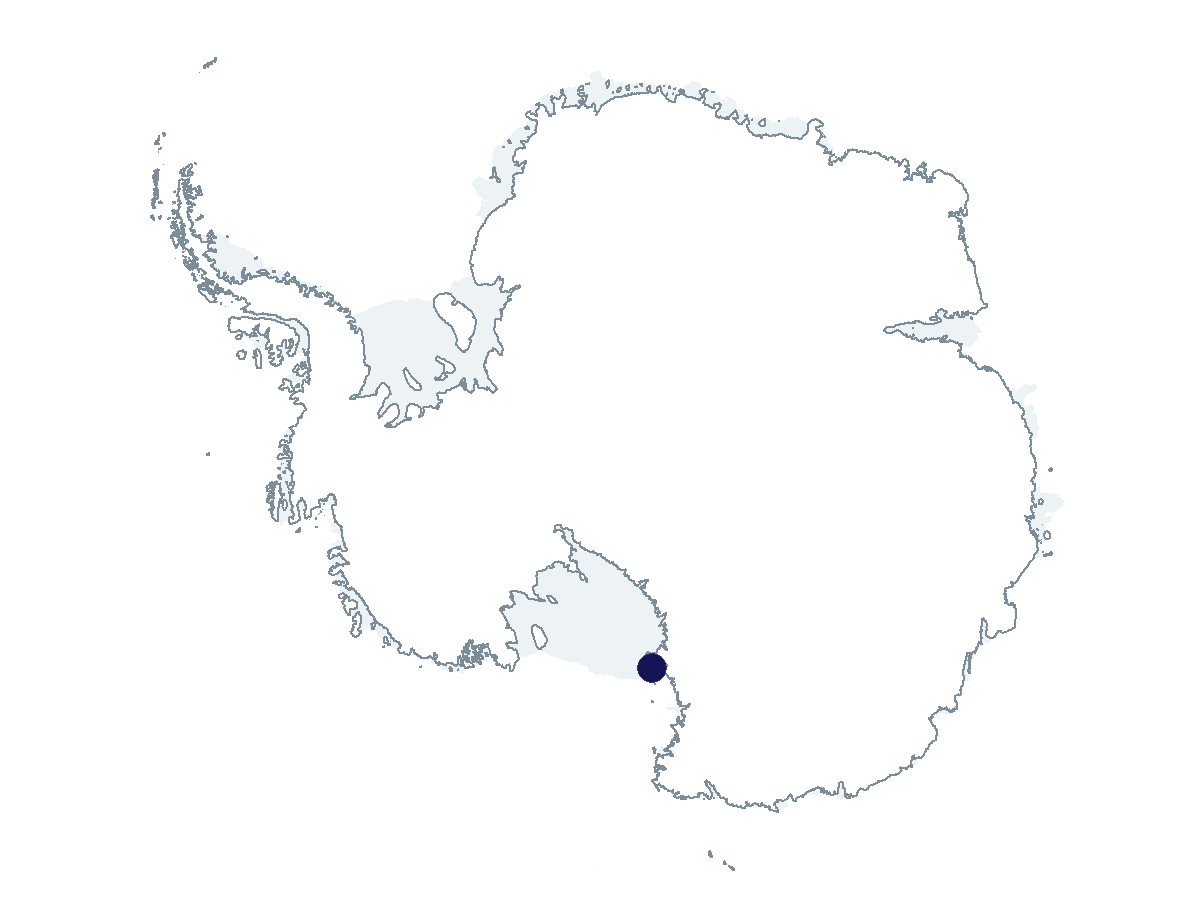2022-2023 USAP Field Season
Project Detail Project TitleMeasurement of stratospheric aerosol to altitudes above 35 km in Austral autumn Summary
Event Number:
Program Director:
ASC POC/Implementer: Principal Investigator(s)
Dr. Terry Deshler
Location
Supporting Stations: McMurdo Station DescriptionParticles in the atmosphere play key roles in controlling the earth's hydrologic, chemical, and radiation balances. In the troposphere, aerosols provide surfaces for cloud formation, for the absorption of trace gas pollutants, and they either warm or cool the earth depending on their optical properties. In the stratosphere, they provide surfaces for the conversion of chlorine from a passive to an active state, which will catalytically destroy ozone, crucial as a filter against damaging UV radiation. Stratospheric aerosols also contribute to increasing the solar albedo and to the absorption of terrestrial infrared radiation. Particles are self-limiting through the formation of new particles, growth through diffusion, coagulation, condensation of trace gases, and ultimately sedimentation and deposition or capture by clouds. This project obtains in-situ measurements of the total aerosol concentration and volatility from the surface to above 35km over McMurdo Station in April and May by flying six balloon-borne condensation nuclei (CN) counters from the station. Field Season OverviewA two person field team will deploy to McMurdo Station to launch medium-sized sounding balloons during austral fall 2023. They will launch up to nine large balloons and up to two smaller pathfinder balloons. The duration and timing of the field deployment is dependent on the winter flight schedule. During November/December 2023, a two person team will deploy to recover the payloads flown in austral fall by helicopter. Experience and training are required to operate the VHF radios tuned to the VHF locating beacons on the gondolas. The recovery sites will be on the permanent ice shelf to the south, south east, of the station and within 120 nautical miles of the station.
Deploying Team Members
|
2022-2023 Science Planning Summary



For USAP Participants |
For The Public |
For Researchers and EducatorsContact UsU.S. National Science FoundationOffice of Polar Programs Geosciences Directorate 2415 Eisenhower Avenue, Suite W7100 Alexandria, VA 22314 Sign up for the NSF Office of Polar Programs newsletter and events. Feedback Form |



